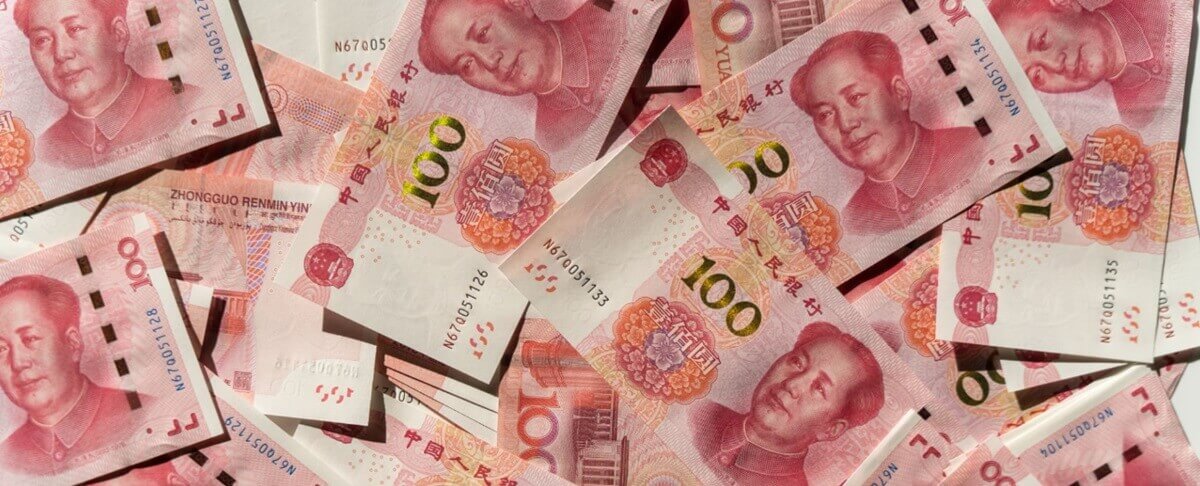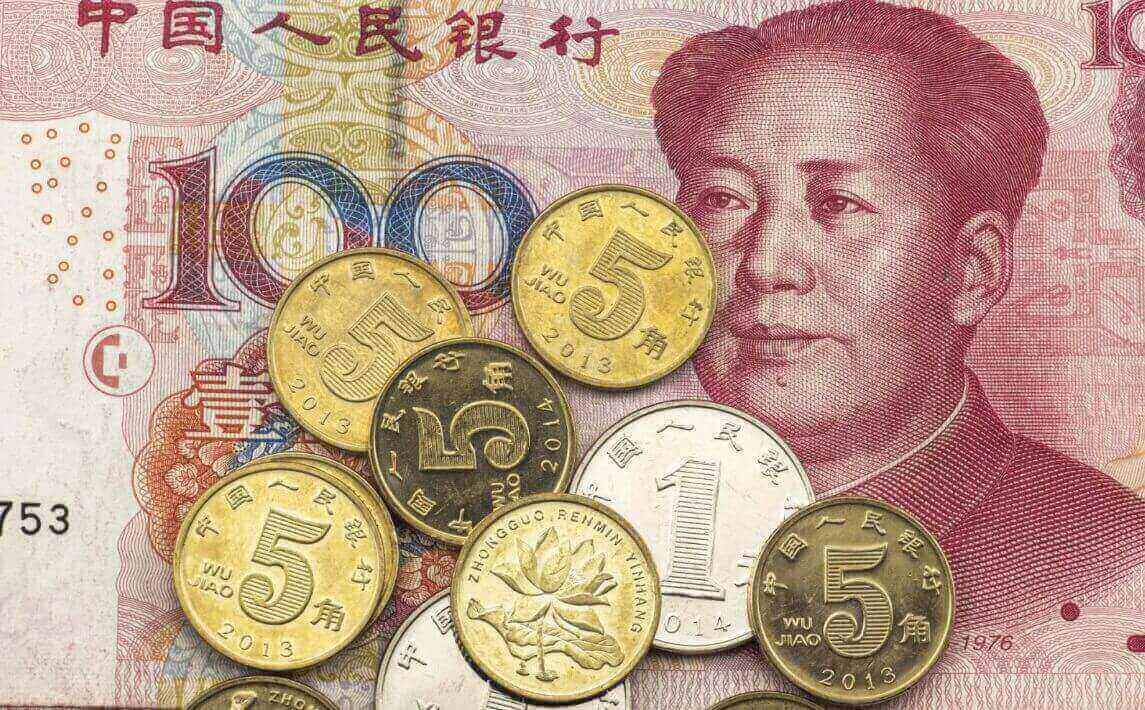In 2025. global interest in China's economic landscape continues to grow. Yet, even among seasoned investors and economists, confusion often surrounds two commonly used terms: Renminbi and Yuan. Are they the same thing? Is one more formal than the other? To understand the distinction, it's important to explore the terminology, usage, and structure of China's currency system.
What is the Renminbi (RMB)?

The term Renminbi (人民币), literally translated as "people's currency", is the official name of the currency of the People's Republic of China. It was introduced by the Chinese Communist Party in 1948. shortly before the establishment of the People's Republic in 1949. and has since served as the legal tender across mainland China.
Renminbi is issued by the People's Bank of China (PBOC), the country's central bank. It is used in official and financial contexts, such as economic reports, monetary policy discussions, and international transactions. When foreign media refer to China's currency in a formal sense—such as in IMF documentation or trade statistics—they almost always use the word Renminbi.
The abbreviation RMB is widely used, especially in financial markets and among multinational corporations. However, this does not represent a currency unit like USD or GBP; instead, it reflects the name of the currency system itself.
What is the Yuan (CNY)?
While Renminbi refers to the currency system, the Yuan (元) is the unit of account used within that system. It is equivalent to how the pound functions within the sterling system in the United Kingdom.
Put simply, Yuan is to Renminbi what pound is to sterling. You earn, spend, and convert yuan, not renminbi. For example, in everyday conversations, people in China might say, "This item costs 100 yuan," rather than "This item costs 100 renminbi."
The official ISO code for the yuan is CNY, which stands for "Chinese Yuan". In international financial systems, this code is used for listing exchange rates, pricing currencies, and conducting trades. For instance, if you look up the exchange rate for Chinese currency against the US dollar, you will find it displayed as USD/CNY.
Additionally, an offshore version of the currency known as CNH is used outside of mainland China, particularly in Hong Kong and global markets. Though technically still the yuan, CNH is subject to fewer capital controls and can trade more freely than its onshore counterpart, CNY.
RMB vs CNY Code and Symbol Distinctions
In written form, the currency symbol for the yuan is ¥, the same as the Japanese yen. This can sometimes cause confusion, so context is important. When disambiguation is needed, CNY is used to refer specifically to the Chinese yuan, whereas JPY refers to the Japanese yen.
The CNY code represents the official onshore yuan traded within the mainland under China's strict capital controls. In contrast, RMB is not an ISO currency code, but rather a broader term used to refer to China's monetary system.
To further complicate matters, CNH is used to distinguish the offshore yuan. Though both CNY and CNH refer to the same denomination (yuan), they can differ slightly in exchange rates due to market conditions and regulatory frameworks.
In summary:
RMB: The name of the currency system.
Yuan (CNY): The currency unit.
CNH: Offshore yuan, traded outside mainland China.
Comparison with Other Currency Names
The dual use of Renminbi and Yuan is not unique in global finance. Other currencies also exhibit similar differences between currency names and units of account.
A useful analogy is found in British currency: "Pound sterling" is the formal name of the currency system, while "pound" is the unit of currency. Similarly, in colloquial American English, people often refer to the "buck" rather than the "dollar", though both refer to the same currency unit.
In China's case:
This analogy helps English speakers better understand the distinction and use the terms correctly depending on context. For example, in formal reports, one might refer to "renminbi-denominated assets", while in casual settings, it's more common to say "prices in yuan".
Units: Jiao, Fen, Kuai, Mao
 Just as the pound is divided into 100 pence, the yuan is further divided into smaller units:
Just as the pound is divided into 100 pence, the yuan is further divided into smaller units:
1 Yuan (元) = 10 Jiao (角)
1 Jiao = 10 Fen (分)
However, in daily life, these units are rarely used outside of small change. Instead, the Chinese public often uses colloquial terms:
Kuai (块): Commonly used in spoken Chinese instead of "yuan", similar to "quid" for "pound".
Mao (毛): Spoken term for "jiao", commonly used for 0.1 yuan.
For example, instead of saying "三元五角" (three yuan and five jiao), most people would say "三块五" (three kuai five). These informal units are deeply ingrained in daily conversations, even though they are not used in official documents or pricing labels.
Final Thoughts
The difference between Renminbi and Yuan often comes down to context and formality. Renminbi refers to China's entire monetary system, while the yuan is the unit of account within that system. The confusion is understandable, especially for those unfamiliar with the nuances of Chinese financial terminology, but once the distinction is clear, it becomes easier to navigate both formal discussions and everyday transactions.
As China's currency plays an increasingly important role in global finance, understanding these terms is more than a linguistic exercise—it's part of keeping up with a changing economic world.
Disclaimer: This material is for general information purposes only and is not intended as (and should not be considered to be) financial, investment or other advice on which reliance should be placed. No opinion given in the material constitutes a recommendation by EBC or the author that any particular investment, security, transaction or investment strategy is suitable for any specific person.























